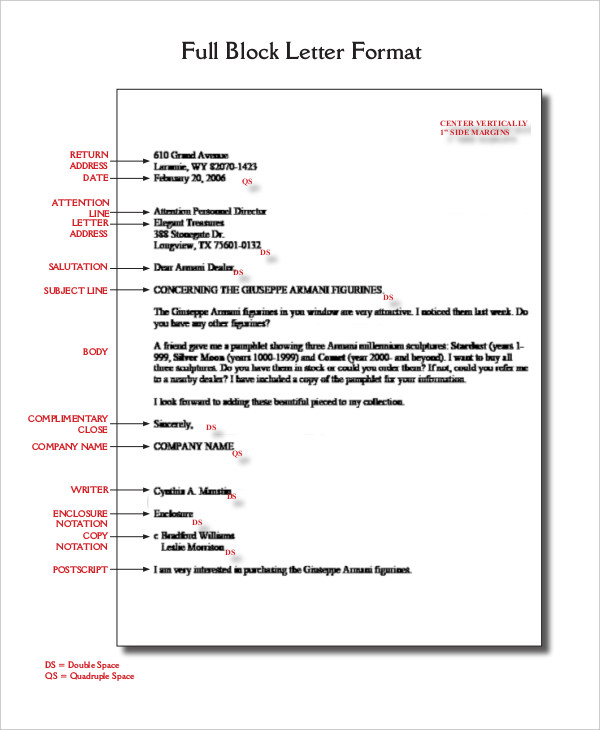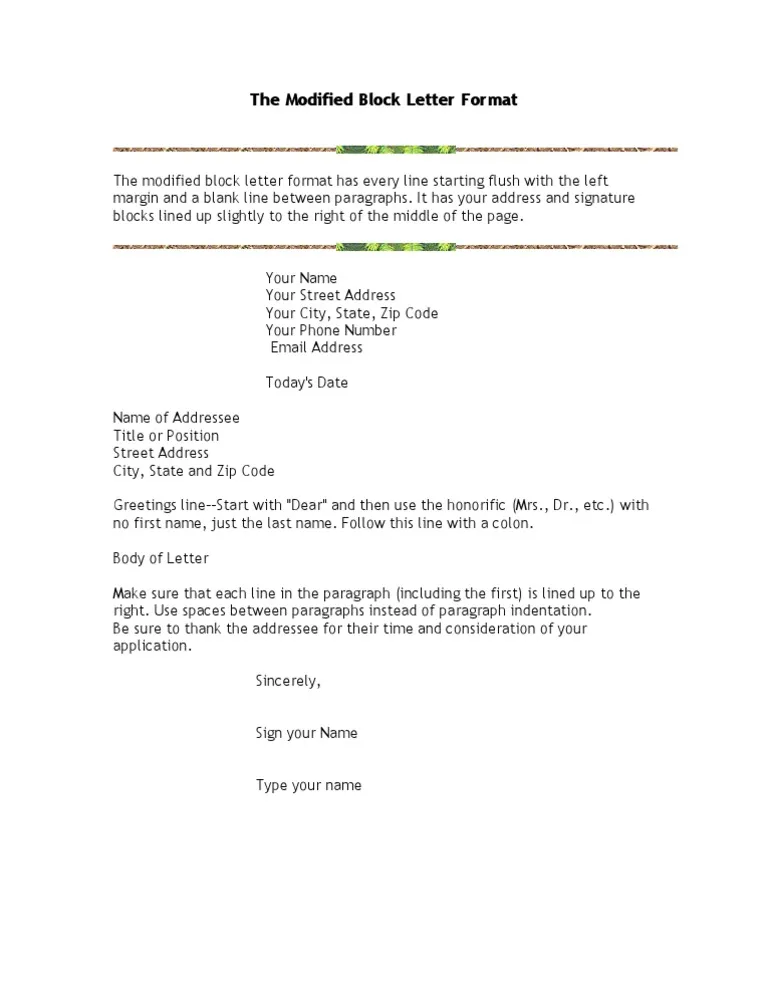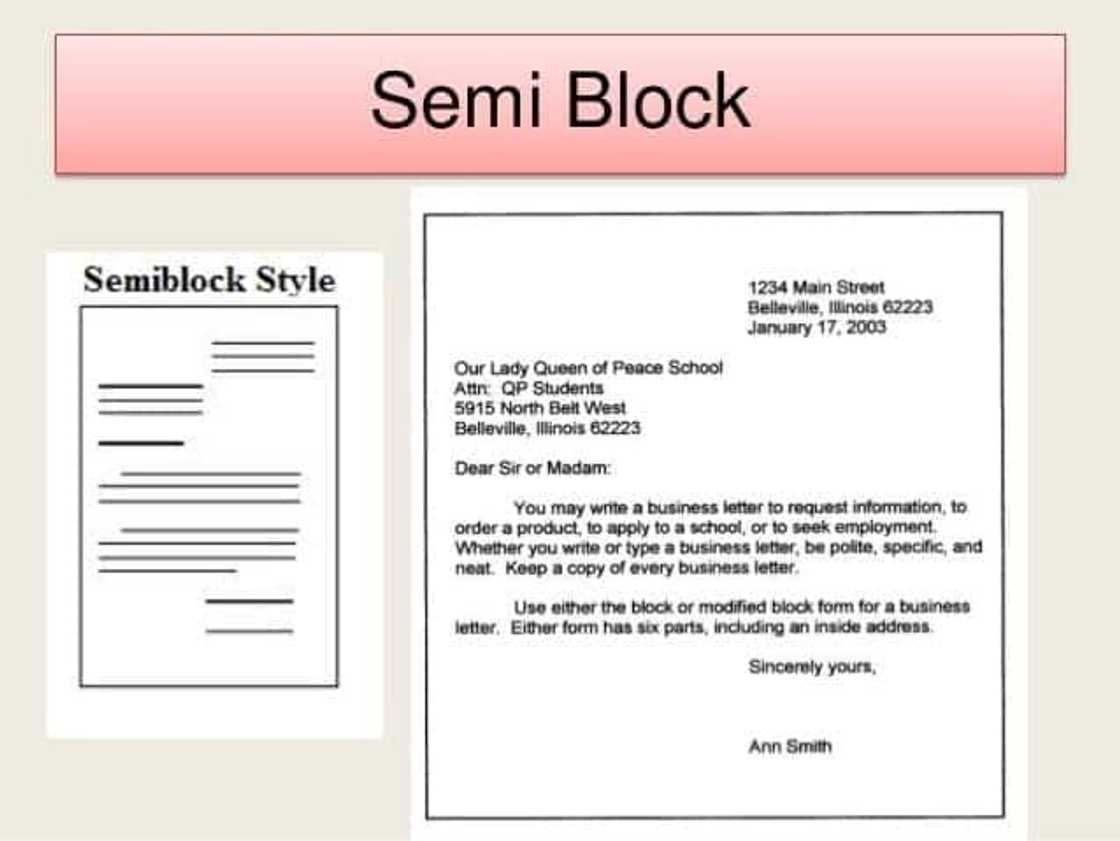Billing and Coding
1/25
There's no tags or description
Looks like no tags are added yet.
Name | Mastery | Learn | Test | Matching | Spaced |
|---|
No study sessions yet.
26 Terms
Electronic Medical Records (EMR)
computerized records of patient information, including patient care, treatment, outcomes, and details about patient conditions (can not be shared among health organizations)
Electronic Health Records (EHR)
An electronic record of health related information about a patient, can be easily shared among health organizations.
Paper health records
can be misfiled
contain information that is difficult to share
contain hand written notes, requires interpretation
contain information that can be viewed by only one person at a time
require more storage space
need maintenance, time consuming
results in more errors due to illegible handwriting
Problem oriented Medical Records (POMR)
documents that are organized according to patients health problems, developed in four stages (database, problem list, plan, progress notes)
Source- oriented medical records
documents organized into sections, depending on department, facility, or other source that generated info (EX: radiology, laboratory, hospital, consultant assessment, and treatment)
Subjective contents of health records
patient social history
patients family history
personal and medical history
personal demographics
patients chief complaint
Objective contents of health records
vital signs and measurements (temperature, pulse, blood pressure, pulse oximetry)
Laboratory and radiology reports
diagnosis
treatment prescribed and progress note
condition at the time of termination or treatment
S.O.A.P Format
(S) - Subjective data
(O) - Objective data
(A) - Assessment
(P) - Plan of action
Document progress notes in this format
Established patient
a patient who has received services from the same or a different physician of the same specialty within the past three years
New Patient
MA must obtain patients demographics, name, DOB, phone number, and insurance information
Angry callers
remain calm
avoid getting defensive
lower tone of voice
listen and express interest
Aggressive caller
calm, poised attitude
reassure caller
express interest
avoid getting deffensive
Unauthorized inquiry callers
explain to caller requested info cannot be provided without authorization based of privacy laws and refer caller to office manager
Sales caller
Keep call quick and to the point, and give sales person an appointment to discuss product
Technology in the Medical Office
tablets
voice recognition software
wireless mobile workstation
wearable computing device
Bluetooth headset
sign in kiosks
cart reader machines and bar code scanner
patient tracking systems
Ergonomics
study of improving workstations to reduce employee injury, poor posture, and strain causing physical injury
document holder
wrist rest
arm rest
lumbar support
foot rest
Input devices
Help provide data to computer
keyboard
mouse
touchpad
scanner
webcam/ microphone
Output devices
monitor or digital screen
speaker
printer
Parts of a professional letter
senders address
date
inside address
reference line
salutation/ greeting (“Dear Mr. Smith:”)
subject like
body of letter
closing signature block and end notation
Full Block Letter Format
Most common type of business letter where all elements are left justified, (formal) “closed” punctuation, colon after salutation, (informal)“open” punctuation, comma after salutation

Modified Block Letter Format
Senders address is left justified, when no letterhead and inside address, along with all other elements
date, closing, and signature block are right justified or at center point

Semi- Block Letter Format
senders address left justified when no letterhead and inside address, along with all other elements
date, closing, and signature block right justified or at center point
each paragraph is indented 5 spaces

Different signs in the medical office
immediate danger signs
caution signs
exit signs
biohazard warning signs
radiation symbol signs
R.A.C.E
Rescue, activate, confine, extinguish/ evacuate
P.A.S.S
Pull, aim, squeeze, sweep